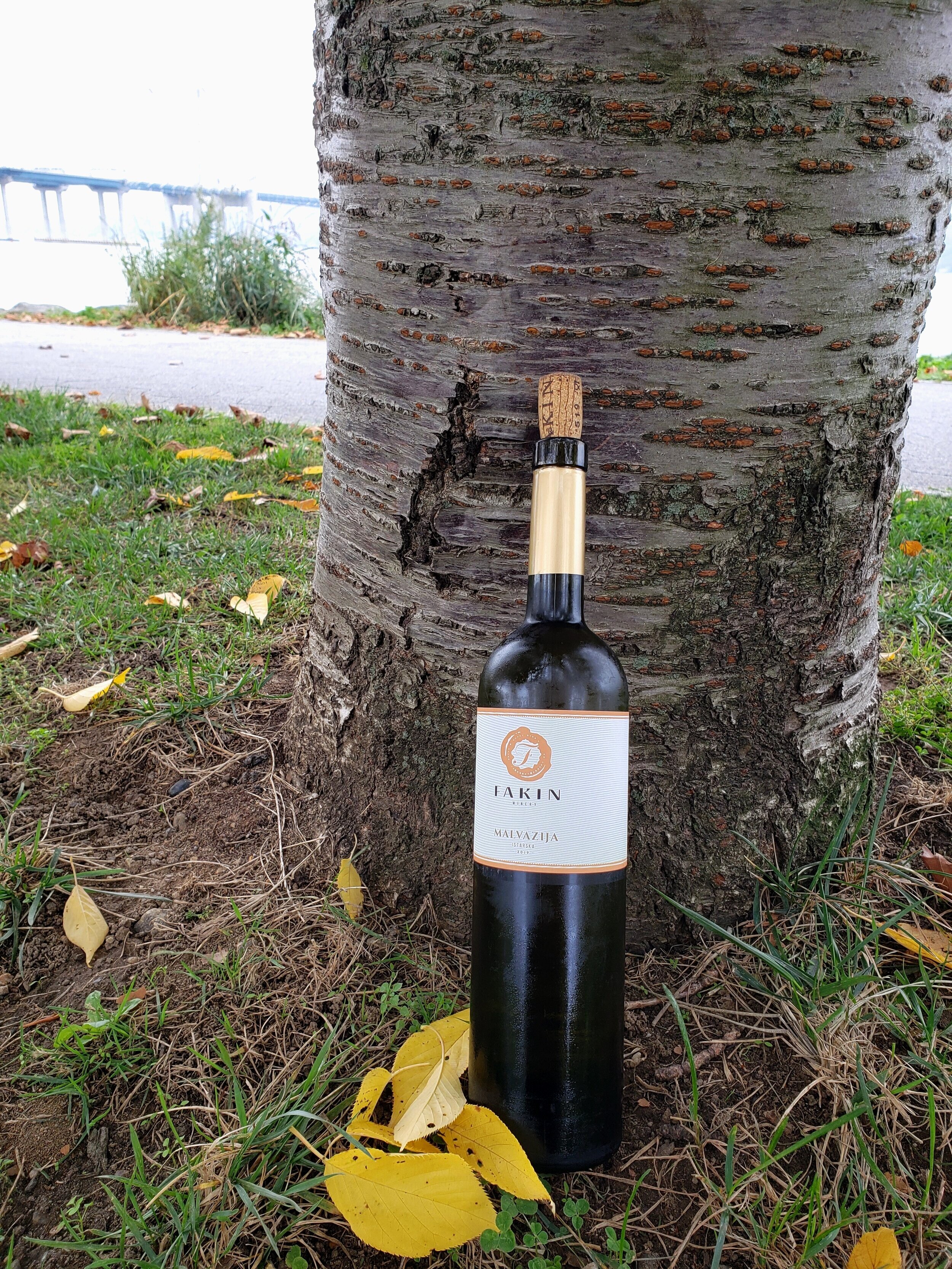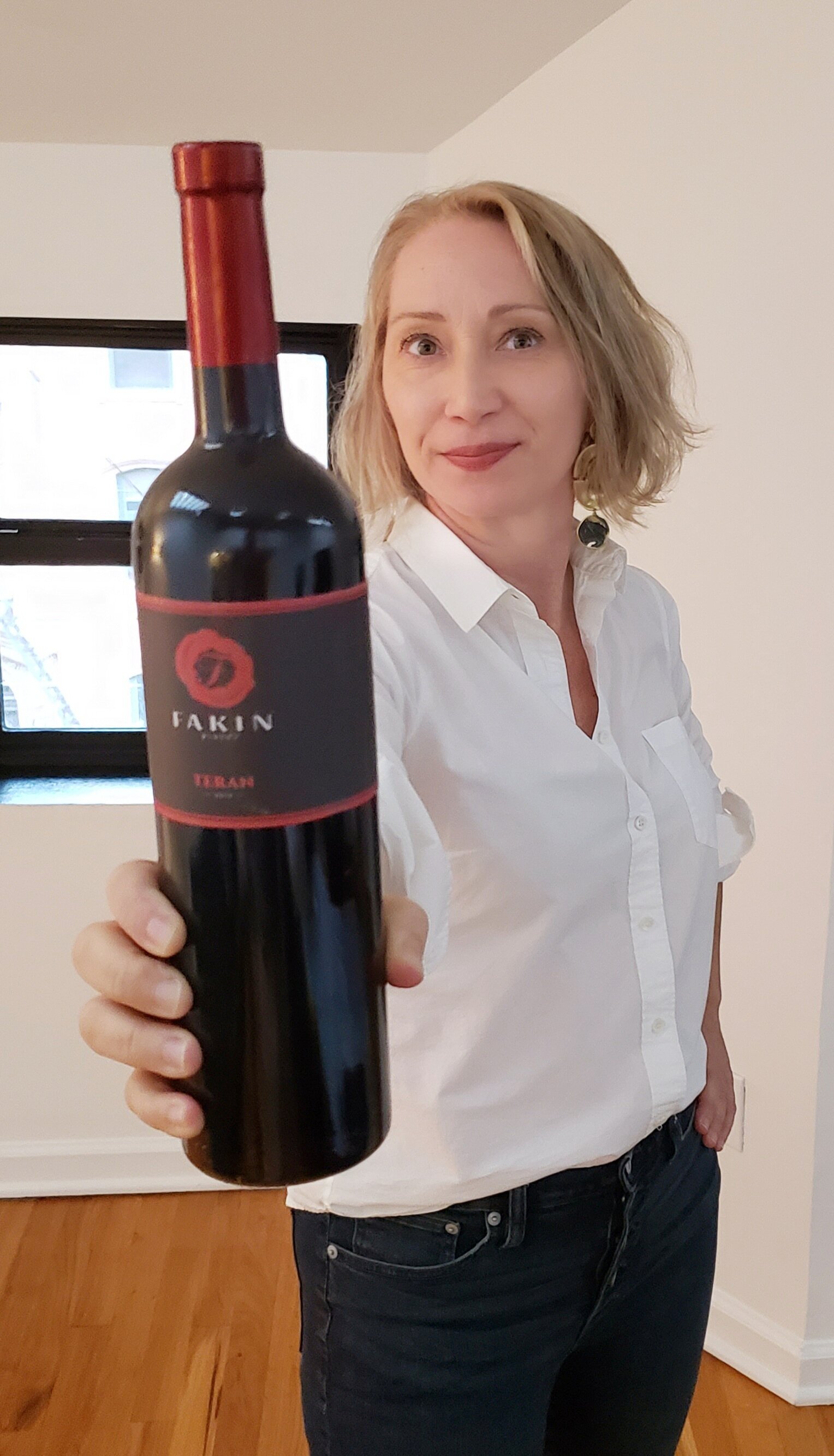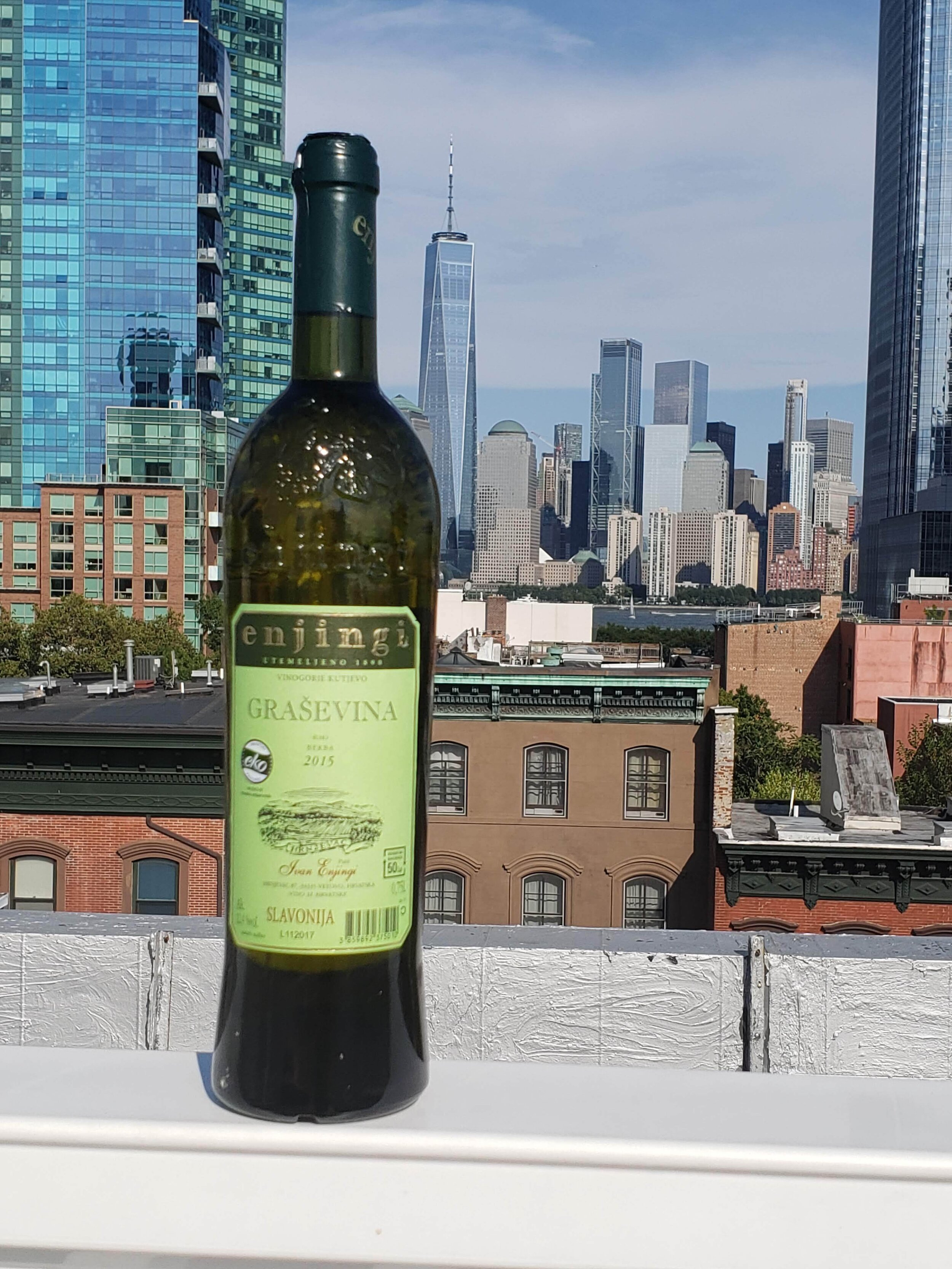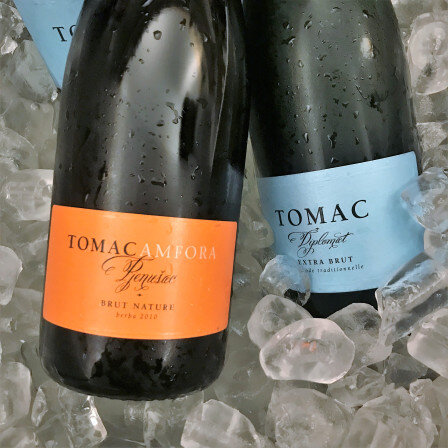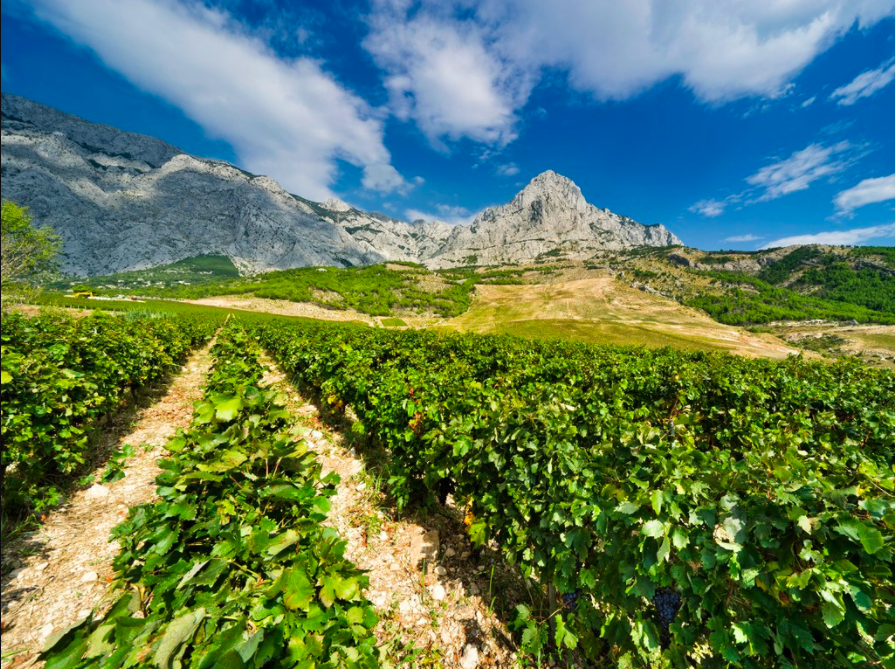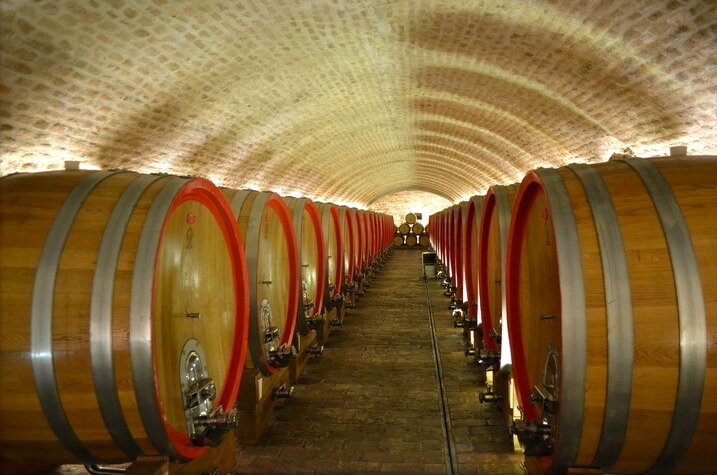An Introduction to Croatian Wines
As the Founder of the National Croatian Wine Day, I feel a sense of responsibility to educate wine lovers about Croatian wines and the country I love.
Croatia has a unique wine history dating back 2,500 years. Croatia has over 1,200 islands, a crystal-clear sea, and is also home to an estimated 120 indigenous grape varieties, as well as four key wine regions: 1. Dalmatia, 2. Istria and Kvarner, 3. Croatian Uplands, and 4. Slavonia and Croatian Danube. Croatian wines are mostly produced from indigenous grape varieties that exhibit an array of styles from unique terroirs, all of which are worthy of our attention. I am laying it all out for you below.
Courtesy of Vina Croatia.
1. Dalmatia
Dalmatia is the coastal region of Croatia stretching from the beautiful town of Dubrovnik in the south to roughly the Island of Pag about ⅔ the way up the coast. Dalmatia is also where my family is from. I have spent most of my summer vacations there growing up and have forged so many fond memories. Food and wine are a big part of the culture. Dalmatia is the oldest winemaking region of Croatia. The warm, Mediterranean climate of Dalmatia is perfect for the cultivation of rich and fruity white wines made from the following indigenous grape varietals:
Pošip: (Poh-ship) Believed to have originated from the island of Korćula. This variety grows along the central Dalmatian coast and is the most popular white wine of the region. Producing two different styles of wine: one is a light, refreshing, easy drinking wine, and the other, a richer and aromatic wine, aged on the lees (aka: the breakdown of dead cells which creates complexity, texture, and flavors in the wine). My favorite light style Pošip wine: Volarevic 2018 Posip Syrtis Dalmatia.
Debit: (Like a ‘debit’ card) Mostly grown in North Central Dalmatia, producing medium-bodied white wines, crisp, refreshing with a saline minerality. As per the famous Croatian winemaker, Alen Bibich: “Debit is the Chablis of Croatia!” My favorite Debit wine: Bibich Debit 2016 North Dalmatia.
Maraština: (Mah-rah-shtee-nah) An indigenous white grape variety of the central Dalmatian Coast, also known as Rukatac, producing wines that are fragrant, fruity, and a bit fuller in body with lower alcohol and acidity. Mostly used for blending with other higher acidity grapes. My favorite: Vina i Likeri Fiolić Marastina (Not currently available in the U.S.).
Babić: (Bah-bitch) An indigenous red grape variety growing mostly on the Northern Coast. The main flavor profiles of Babić are dark berries, figs, spices, plums, dark cherries, and tobacco. My favorite: Testament Babić 2017 Dalmatia.
Plavac Mali: (Plah-vats Mah-lee) A red indigenous variety, a cross between Crljenak Kaštelanski (ancient Zinfandel) and Dobričić, grown in Southern and Central Dalmatia. Plavac Mali produces the famous full-bodied wine. The flavor profile is blackberries, dark cherries, baking spices, and fresh crushed pepper. The appellations known to produce beautiful Plavac Mali are the Pelješac peninsula and the subregions of Dingač, and Postup. Suggestion: Terra Madre Plavac Mali Premium 2016 Komarna.
Tribidrag: The precursor to Grk, Plavac Mali, Plavina, and Vranac varieties. The flavor profile of Tribidrag is mostly red fruit, herbal, and spicy. Suggestion: Rizman Tribidrag 2016 Komarna.
2. Istria & Kvarner
Istria is not only the largest peninsula on the Adriatic Sea, but also one of its most beautiful. The predominant grape varieties grown in Istria are Malvazija Istarska, Žlahtina, and Teran, as well as international varieties: Chardonnay, Merlot, and Cabernet Sauvignon.
Malvazija Istarska: A food friendly and refreshing white wine with notes of apple, apricot, and great minerality like Vina Fakin Malvazija Istarska 2019.
Žlahtina: I like to call it the Istrian Sauvignon Blanc. The variety produces a light-bodied wine with beautiful aromatics. Easy drinking and refreshing. Žlahtina grows mostly on the island of Krk (ke-rrr-k). Some of my favorites are: Toljanić, Šipun, and Katunar (Not currently available in the U.S.).
Teran: This wonderful varietal produces a rich red wine with aromas of dark cherry, plum, spicy, and peppery notes on the palate. Vina Fakin Teran 2019 does not disappoint.
3. Croatian Uplands
If you ever find yourself visiting the capital city of Zagreb, I recommend you spend a day or two outside the big city and explore this interesting region. It has the coolest climate out of all the Croatian wine regions. The Uplands grow a few indigenous varieties and is also known for aromatic wines produced from international varieties such as Riesling, Pinot Blanc, Pinot Gris, Pinot Noir to name a few. Croatian Uplands is also home to the leading sparkling wine producer in Croatia, Tomac Winery in Plešivica. I hope to see their wines in the U.S. soon.
The Moslavac varietal (aka: Pušipel or Furmint in Hungary): Produces dry wines reminiscent of Riesling. Here is a good example: Štampar Pušipel Classic 2018 Medimurje.
Škrlet (shh-kkrr-let) is an indigenous variety from the Moslavina appellation in the eastern part of the Croatian Uplands. Similar in style to an Austrian Grüner Veltliner, it produces fresh and aromatic wines; unfortunately, not currently available in the U.S.
4. Slavonia & Croatian Danube:
Croatia’s most northeastern wine region bordering Hungary, growing Graševina (aka: Welschriesling), the main white grape variety of the region, and the Traminac variety (aka: Gewurztraminer). As for red varietals, Frankovka is the king of the region (aka: Blaufrankisch) and international varieties such as: Cabernet Sauvignon, Merlot, Cabernet Franc, Pinot Noir, and Zweigelt. Enjingi and Krauthaker are great examples of what Slavonia has to offer. Both are available in the U.S. and imported by Vinum USA.
Croatian Premium Wine and Vinum USA are my go-to importers of Croatian wines in the U.S. The owners hand curate their quality portfolio and have a real relationship with winemakers and winery owners. If a wine is not good enough for them, it will not make it to the U.S. Quality control at its best!
To encourage you to explore, Croatian Premium Wine offers 20% discount on select white, red and rosé wines, until Sunday, November 29, 2020. Shipping in most U.S. States unless regulated.
Živjeli! (a.k.a. Cheers!)
Anna
(Not a sponsored post)

